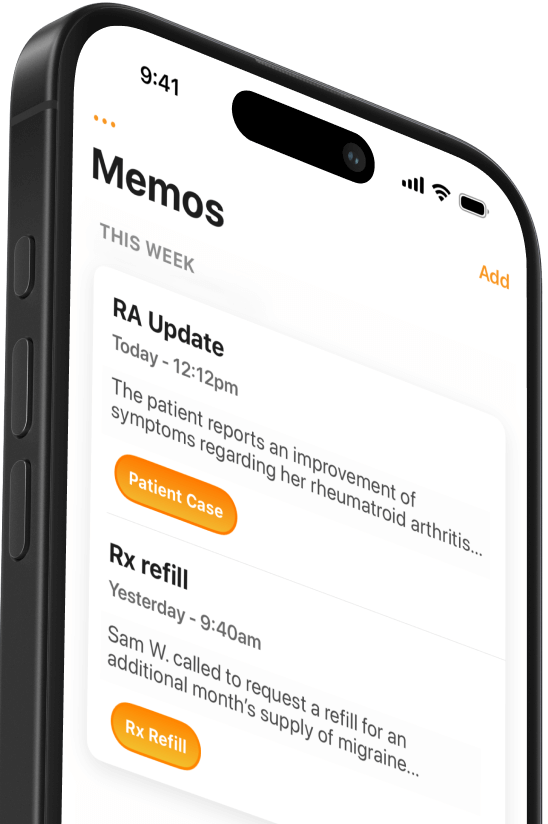What are the most effective patient engagement strategies?
With patient portals and secure email now standard, healthcare is moving to Patient Engagement 2.0: utilizing patient-generated data and wearables.


Popular articles
With foundational patient engagement strategies like patient portals and secure email firmly in place, health care organizations are exploring more creative ways to get patients involved in their care. Dubbed Patient Engagement 2.0, these strategies include patient-generated data, social networks, wearable devices and more.
A recent report from the 2016 NEJM Catalyst Insights Council Survey gauges participation in, and effectiveness of, patient engagement across health systems, hospitals, and physicians. The NEJM survey finds that patient engagement has come a long way - nearly 70 percent of respondents say their organization uses patient engagement initiatives to increase patients’ meaningful participation in care, and about half say those initiatives have a 'major' to 'moderate' impact on quality outcomes. Despite this progress, providers across the country are looking for new solutions to enhance patient engagement.
Patient engagement solutions often come back to the 5,000-hour problem. Most people visit a doctor or nurse just a couple times a year, but every year they spend 5,000 waking hours doing other things - including deciding whether to take prescribed medications, what to eat and drink, and whether to exercise or smoke.
So how can clinicians best affect long-term health outcomes if they only have a few hours in front of a patient?
Respondents to the NEJM survey suggest two broad strategies. First, make in-person interactions more meaningful. Second, engage patients outside the exam room with frequent, creative interactions using a variety of methods.
Many healthcare professional go back to the basics, citing meaningful interactions as the best way to get patients involved in their own care. When asked about the most creative strategies for patient engagement, some physicians gave simple response. "Look them in the eye and not have a computer in the room.” Another respondent answered similarly, emphasizing “Open, honest, respectful conversation and being fully present with all encounters.”
Healthcare organizations are also rolling out new technologies and operational initiatives to enhance patient engagement. According to the NEJM survey, patient portals and secure email remain the most widely deployed strategies (with 71 and 59 percent of organizations using these at scale). But Patient Engagement 2.0 emphasizes these fundamental strategies are increasingly coupled with new methods and initiatives.
Three examples of Patient Engagement 2.0 are patient-generated data, social networks and wearable devices. One-third of survey respondents said their organization is using patient-generated data at sale, for example allowing patients to add information to their EHR. However, patient-generated data will soon be the norm, with 68 percent of respondents saying their organizaton has plants to implement an initiative.
Social networks are another emerging method for patient engagement, with initiatives already scaled up at 31 percent of surveyed organizations. Social networks become part of a patient engagement strategy when providers leverage family and community to encourage positive, sustained behaviors. For example, some providers offer family coking classes to influence better nutrition for diabetic patients.
A smaller number (16 percent) of providers have scaled up patient engagement strategies that incorporate wearable devices, such as programs to capture data from wireless glucose monitors. However, nearly half of respondents say they have plans to implement initiatives using wireless or wearable devices, and this number is sure to grow as innovation drives the adoption of wearables.
As healthcare organizations implement new patient engagement strategies, they also continue innovating the old. For example, at HIMSS17 designers, developers, clinicians and patient advocates gathered to discuss how patient portals might offer a better user experience. At the cutting edge of patient portal innovation designers are drawing on behavioral neuroscience to design patient portals that don't just function but strive to 'delight' the user.
Related Articles


We Get Doctors Home on Time.
Contact us
We proudly offer enterprise-ready solutions for large clinical practices and hospitals.
Whether you’re looking for a universal dictation platform or want to improve the documentation efficiency of your workforce, we’re here to help.


